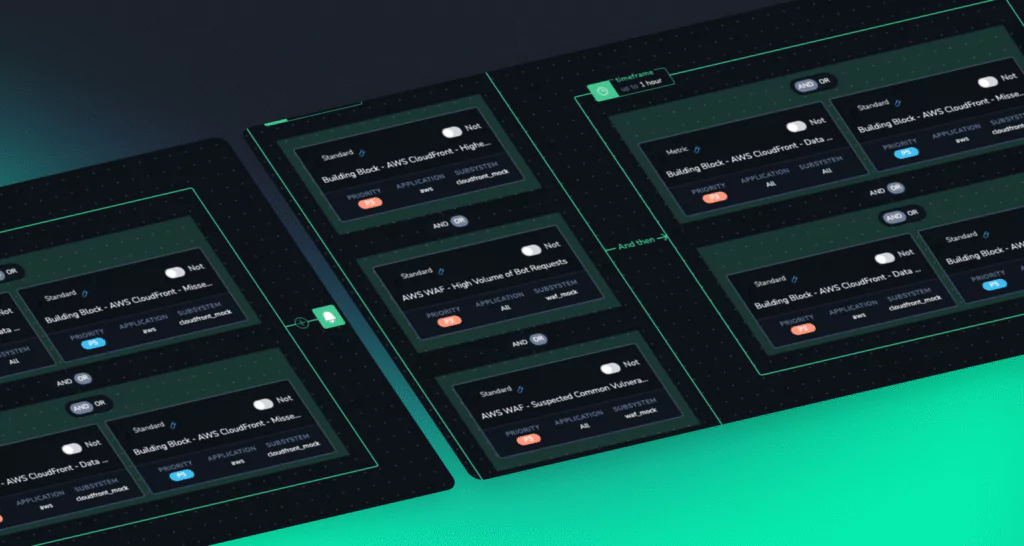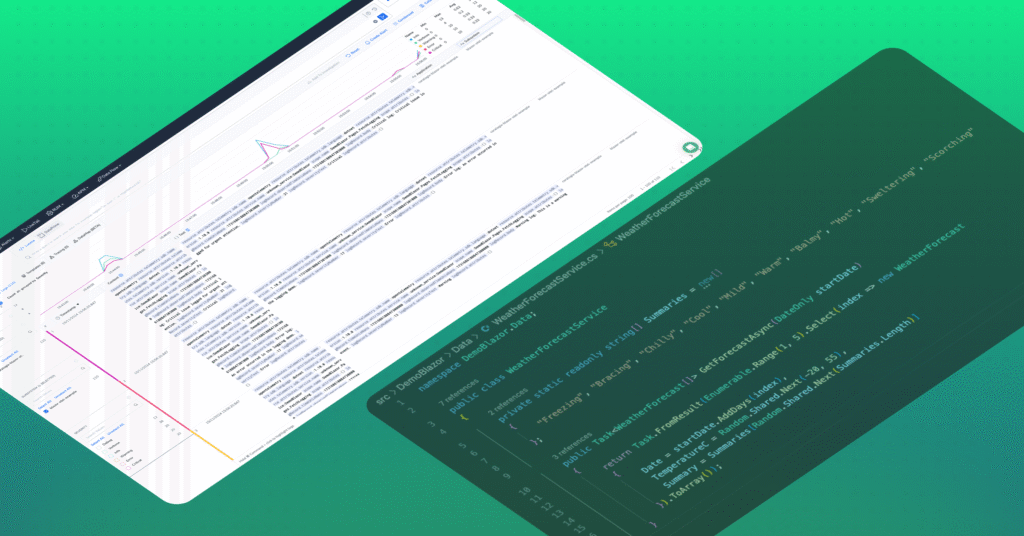Decision Intelligence: An Introduction

Every day, employees and leaders of enterprise IT organizations make multiple decisions that affect their company’s success or failure. To stay ahead of the competition and drive innovation, an increasing number of organizations are turning to decision intelligence (DI), a relatively new field combining data science, decision theory and artificial intelligence, to augment and improve decision-making.
What Is Decision Intelligence?
Decision intelligence is an advanced iteration of business intelligence. But instead of presenting a lot of out-of-context data to the decision-maker, this process leverages AI and analytics to show insights in a single view, make predictions and offer recommendations.
There are three different levels at which DI can help:
Decision Support
The decision-maker can use basic tools like analytics, alerts and data exploration to inform their decision.
Example: Bob, an IT administrator, uses a dashboard tool to monitor network traffic and performance metrics in real time. The tool provides analytics and alerts about potential bottlenecks or security threats so Bob can make informed decisions about network optimization or security measures.
Decision Augmentation
The machines are more proactive, and recommend decisions to the user based on previously ingested and analyzed data. The user can then review the recommendations and execute them.
Example: When Bob’s system detects unusual behavior that could indicate a security breach or a performance issue, it automatically generates recommendations for remediation actions, such as blocking suspicious IP addresses or reallocating resources.
Decision Automation
The machines are responsible for making the decisions themselves, based on criteria and rules set by the human users. They also implement that decision automatically.
Example: Bob’s tool applies predefined rules and criteria to determine the severity and impact of each incident. Then, it automatically triggers predefined response actions, like isolating affected systems or rolling back changes, and handles the entire incident response process autonomously without Bob’s intervention.
Why Is Decision Intelligence Important?
A study from Bain shows a 95% correlation between decision effectiveness and financial performance, and another survey from McKinsey reports that the average S&P 500 company wastes $250 million per year due to poor decision-making.
While decision-making has a definite financial impact on organizations, it also generates stress at an individual level. Indeed, a study by Oracle has found that 74% of employees and business leaders said the number of decisions they make every day has increased 10 times over the last three years, with 85% of them regretting, feeling guilty about or questioning a decision they made in the past year.
Respondents also reported feeling overwhelmed by the sheer volume of information they receive, and find it challenging to extract valuable insights from different dashboards and data analytics tools. This isn’t surprising since most of these tools are designed to be used by data scientists or IT professionals.
Beyond that, poor decision-making can result in missed opportunities, damaged reputation and reduced competitiveness in an increasingly changing business environment. Businesses need decision support now more than ever, and DI emerges as a key concept for navigating through uncertainty, optimizing resource allocation and capitalizing on new opportunities while minimizing risks.
Decision intelligence is expected to grow across all industries in the next few years, but is particularly important for enterprise IT due to the abundance of data, the complexity of systems and the rate of technological innovation, as well as security concerns specific to the IT domain.
Harnessing the Power of Decision Intelligence
Decision intelligence platforms are a must-have for data-driven organizations that want to improve their decision-making. These platforms integrate and collate data from various sources and formats — including internal databases, external sources and real-time streams — to create a unified view.
Using advanced analytics and machine learning algorithms, they uncover hidden patterns, trends and correlations within the data, providing decision-makers with actionable insights and recommendations in the form of intuitive dashboards and reports. DI platforms also offer the ability to set specific rules and criteria to automate decisions and routine tasks.
However, the effectiveness of DI tools depends on the quality and accessibility of the underlying data, meaning that companies must adopt a holistic approach to data collection, system monitoring and overall ecosystem visibility. This involves implementing robust data governance frameworks to ensure data quality, establishing standardized data collection and management processes, and investing in technologies that enable reliable data integration and interoperability across the organization.
It’s also important to note that decision intelligence aims not to replace humans but to empower them to make better decisions. While employees should receive adequate training and be encouraged to use data analytics tools, they should also rely on their judgment. No AI tool can yet reach the level of human creativity and ethical reasoning required in decision-making.
Conclusion
Embracing decision intelligence is a strategic choice for modern organizations, particularly in enterprise IT. With good data practices in place at the organization level, DI platforms enable machines and humans to team up to optimize resources, seize opportunities and mitigate risks.




